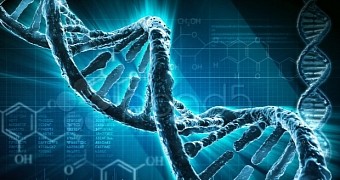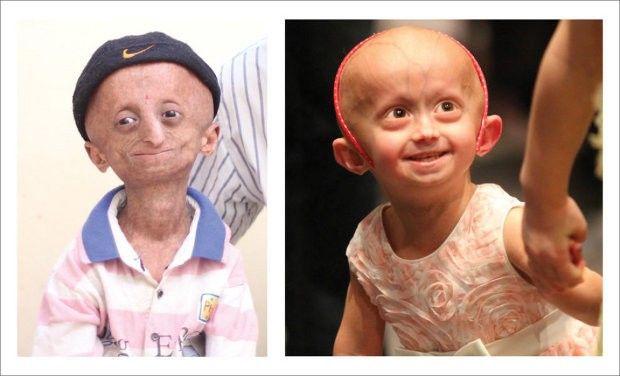Progeria, a rare premature aging disorder that turns children into old people, was first documented by the medical community back in the late 19th century. It's been a while since the disease was discovered and given a name, but scientists are nowhere near finding a cure for it.
They are, however, making progress when it comes to understanding its causes and what drives it. Earlier this week, specialists in Austria published a report detailing a previously unknown biological mechanism that is involved in the disease and whose discovery could pave the way for the development of new therapies for progeria.
The paper, published in the science journal Genes & Development, is authored by specialist Roland Foisner of the Department of Medical Biochemistry and his colleagues at the University of Vienna's Max F. Perutz Laboratories and the Medical University of Vienna.
Here's what the team found
Previous investigations have shown that progeria correlates with a high concentration of a mutant protein dubbed progerin in cells. Progerin is described as a faulty version of a naturally occurring protein, lamin A, which is involved in many cell functions.
The University of Vienna team discovered that cells displaying high concentrations of the mutant protein progerin also show abnormally low concentrations of another protein called LAP2α.
Interestingly, the specialists say that, when they introduced this LAP2α protein in cells artificially in a series of laboratory experiments, the cells started behaving kind of, sort of like healthy cells.
“When we reintroduced LAP2α into progeria cells they again produced normal ECM [extracellular matrix, a material that surrounds and structurally supports cells] and proliferated normally and didn’t enter the cellular aging process,” said scientist Sandra Vidak.
“The cells that produce progerin had really low LAP2α levels compared to normal cells. But when we reintroduced LAP2α we could completely rescue the proliferation defect of the progeria cell line. The same actually happened in cells from patient samples,” she added.
Admittedly, cells grown in Petri dishes in the lab are a far cry from the complicated machinery that is the human body. Still, the researchers hope their work might lead to novel therapies for progeria.
How progeria manifests
Progeria, otherwise known as the premature aging disease, is a genetic disorder. Children suffering from this condition seem perfectly normal when they are born. At the age of one or maybe two, however, they begin to show signs of aging.
They develop cardiovascular trouble, their bones become brittle, and their joints stiffen. Researchers say that, in most cases, 8-year-old progeria patients look like 80-year-olds. They usually die before turning 20 either from strokes or from heart attacks.
As noted, there is currently no cure for this genetic disorder. To address some of the symptoms of this disease, doctors prescribe drugs called farnesyltransferase inhibitors. These can help improve bone structure and benefit the cardiovascular system.
The drugs are also said to add to life expectancy, albeit only by about a year and a half or so. What's interesting is that, when they were first developed, farnesyltransferase inhibitors were meant as drugs for various forms of cancer.

 14 DAY TRIAL //
14 DAY TRIAL // 

